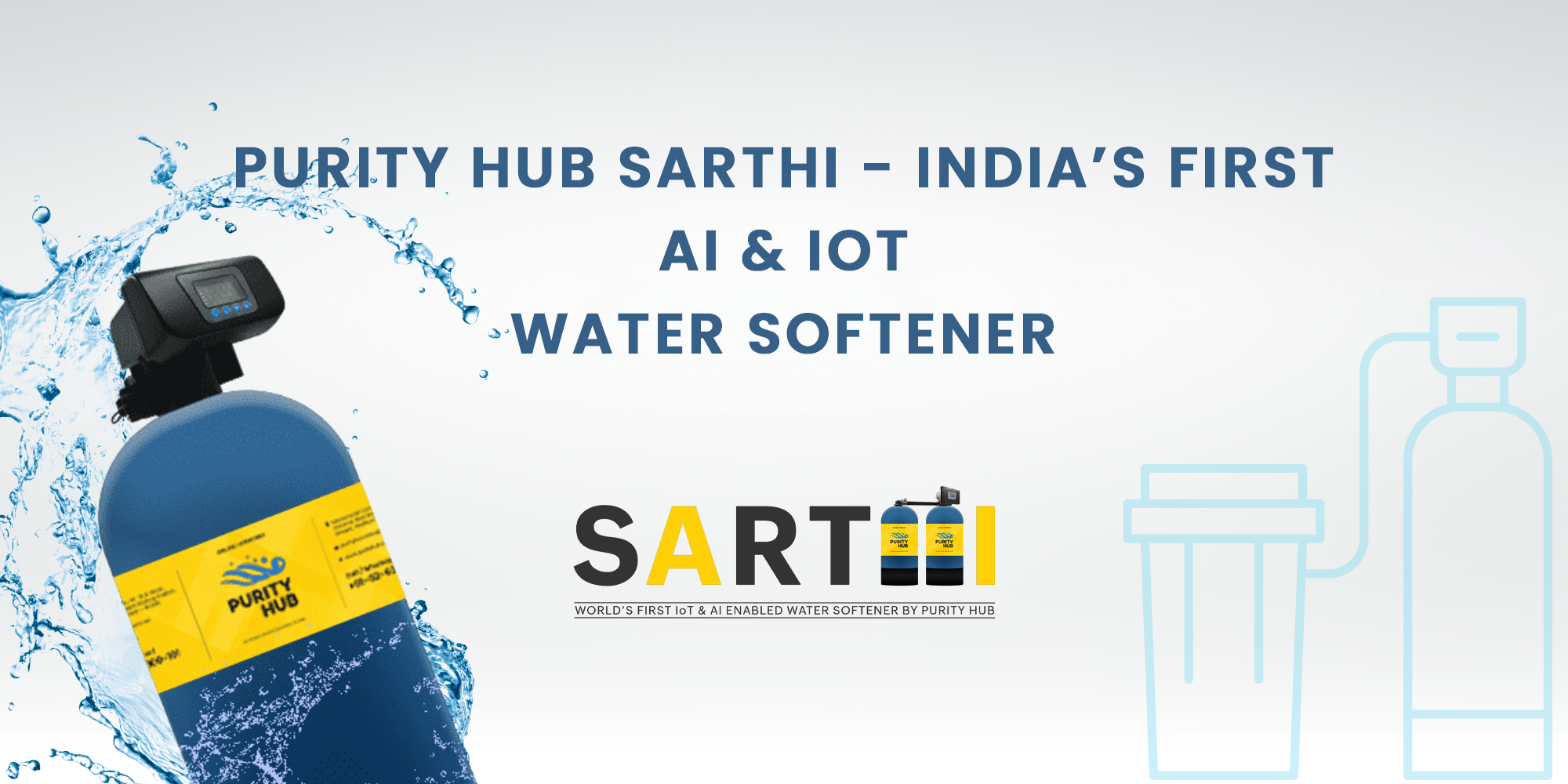
Water is essential for life, and ensuring its purity is vital for our health and well-being. One of the common contaminants that can affect drinking water quality is nitrates. Understanding what nitrates are, how they get into our water supply, their potential health effects, and how to manage and mitigate their presence is crucial. Here's everything you need to know about nitrates in drinking water.
What Are Nitrates?
Nitrates are chemical compounds consisting of nitrogen and oxygen (NO3-). They are naturally occurring and can be found in soil, water, and plants. Nitrates are a key component of the nitrogen cycle and are essential for plant growth. They are commonly used in fertilizers and can also be a byproduct of septic systems and industrial processes.
Sources of Nitrates in Drinking Water
Nitrates can enter drinking water from various sources:
1. Agricultural Runoff: The most significant source of nitrates in drinking water is agricultural runoff. Fertilizers used in farming contain high levels of nitrates, which can leach into groundwater and surface water supplies.
2. Septic Systems: Improperly maintained septic systems can release nitrates into the groundwater.
3. Industrial Waste: Certain industrial processes can produce nitrate-containing waste, which can contaminate water supplies if not properly managed.
4. Natural Sources: Nitrates can also come from natural sources, such as the breakdown of organic matter in soil and water.
Health Effects of Nitrates in Drinking Water
Nitrates themselves are relatively harmless, but when they enter the human body, they can be converted into nitrites, which can be harmful, particularly for certain populations.
1. Methemoglobinemia ("Blue Baby Syndrome"): This condition primarily affects infants under six months old. High levels of nitrates in drinking water can interfere with the ability of an infant's blood to carry oxygen, leading to symptoms like bluish skin, difficulty breathing, and even death if untreated.
2. Cancer Risk: Some studies suggest a potential link between long-term exposure to high nitrate levels and an increased risk of certain cancers, such as gastric cancer, due to the formation of nitrosamines, which are carcinogenic compounds.
3. Reproductive Health Issues: High nitrate levels have been associated with reproductive health problems, including birth defects and issues with pregnancy.
Regulatory Standards for Nitrates
To protect public health, regulatory agencies have established standards for nitrate levels in drinking water. In the United States, the Environmental Protection Agency (EPA) has set the maximum contaminant level (MCL) for nitrates at 10 milligrams per liter (mg/L) or 10 parts per million (ppm). Water systems are required to monitor and treat water to ensure nitrate levels do not exceed this limit.
Testing and Treatment for Nitrates
Regular testing of water supplies is essential to detect and manage nitrate contamination. Homeowners with private wells should test their water at least annually or more frequently if there are known sources of nitrate contamination nearby.
Several methods can effectively reduce nitrate levels in drinking water:
1. Ion Exchange: This treatment method uses a resin to exchange nitrate ions for chloride ions, effectively removing nitrates from the water.
2. Reverse Osmosis: This filtration process forces water through a semi-permeable membrane, removing nitrates and other contaminants.
3. Distillation: This method involves boiling water and then condensing the steam, which leaves most contaminants, including nitrates, behind.
4. Biological Denitrification: This process uses specific bacteria to convert nitrates into nitrogen gas, which is then released into the atmosphere.
Preventing Nitrate Contamination
Preventing nitrate contamination is as important as treating it. Here are some strategies to minimize nitrate pollution:
1. Proper Fertilizer Use: Farmers and gardeners should apply fertilizers at recommended rates and times to minimize runoff.
2. Septic System Maintenance: Regular inspection and maintenance of septic systems can prevent nitrate leakage into groundwater.
3. Buffer Zones: Establishing buffer zones with vegetation between agricultural fields and water bodies can reduce nitrate runoff.
4. Alternative Farming Practices: Implementing sustainable agricultural practices, such as crop rotation and the use of cover crops, can reduce the need for high nitrate fertilizers.
Conclusion
Nitrates in drinking water pose significant health risks, particularly to infants and vulnerable populations. Understanding the sources, health effects, and regulatory standards for nitrates is essential for ensuring safe drinking water. Regular testing, effective treatment methods, and preventative measures can help manage and mitigate nitrate contamination, ensuring that our water remains safe and clean for everyone. By taking these steps, we can protect our health and the environment from the dangers of nitrate pollution.



